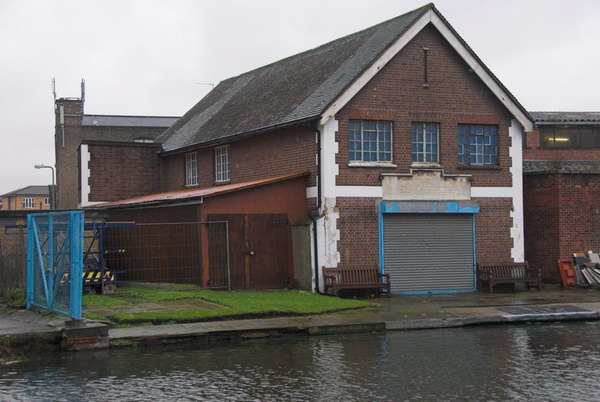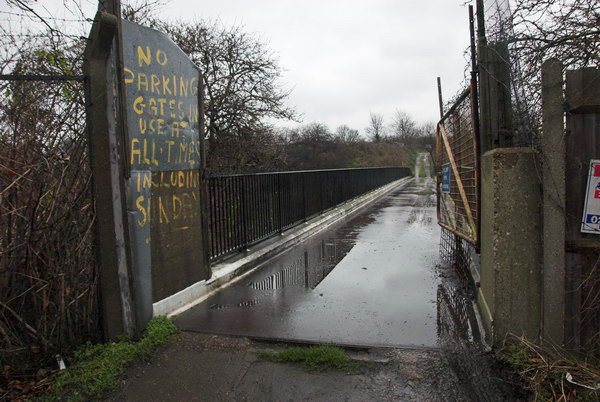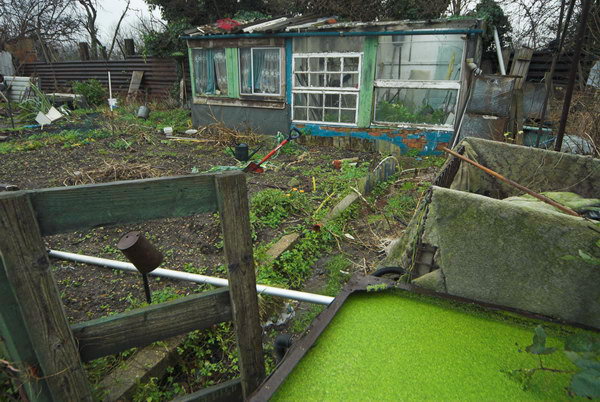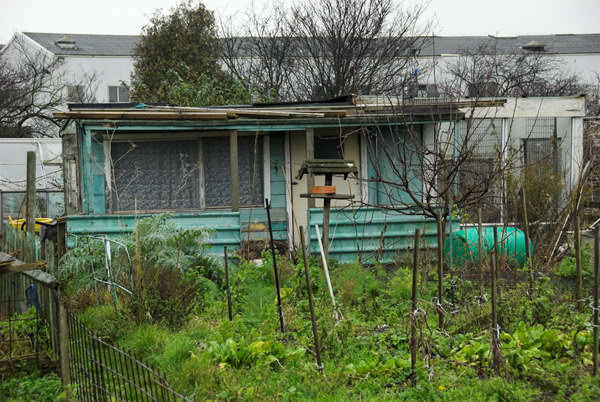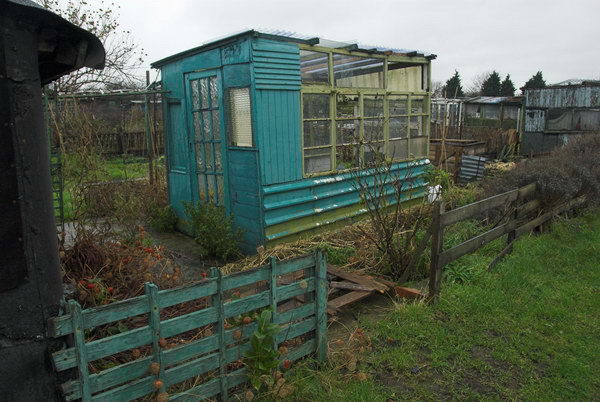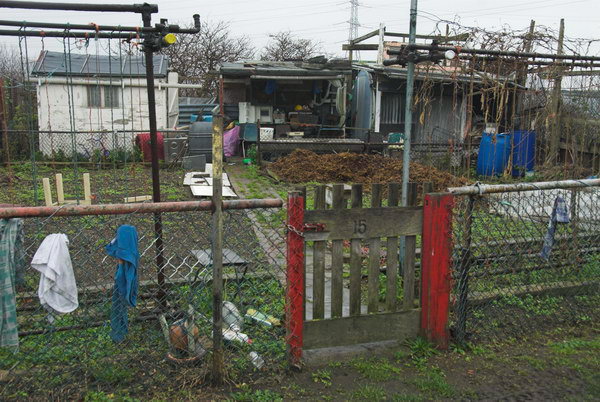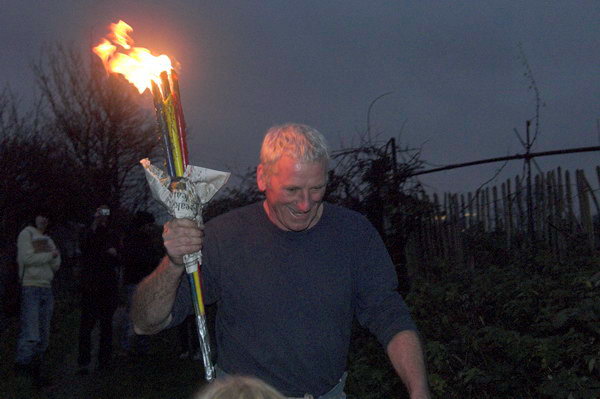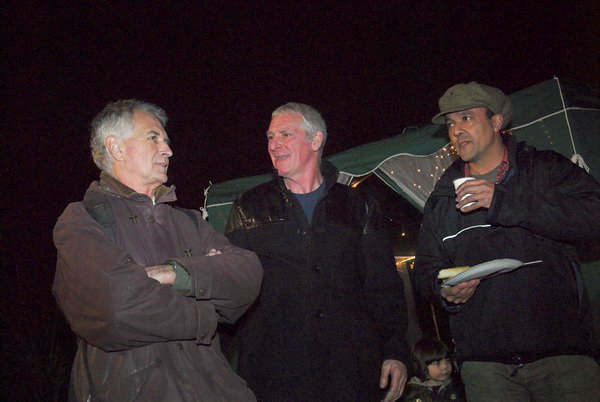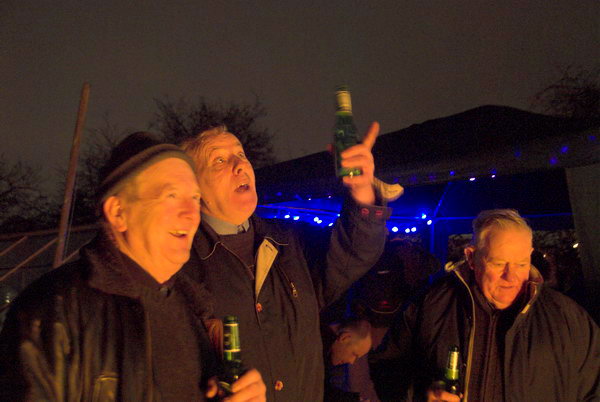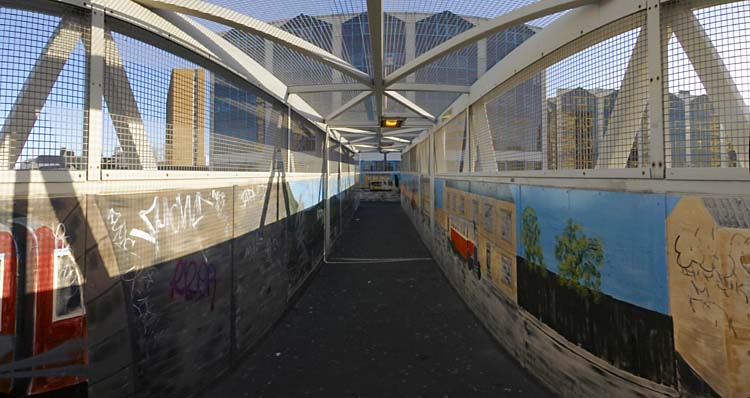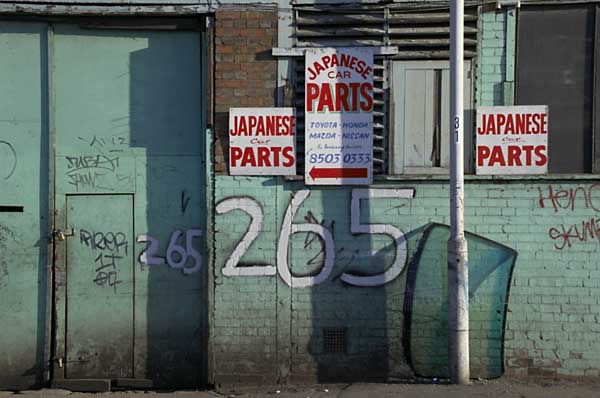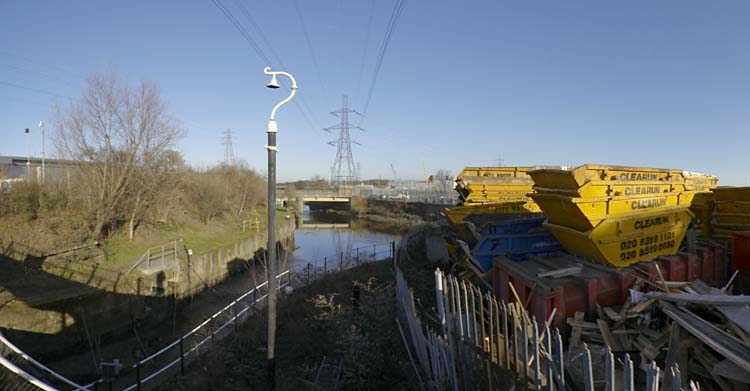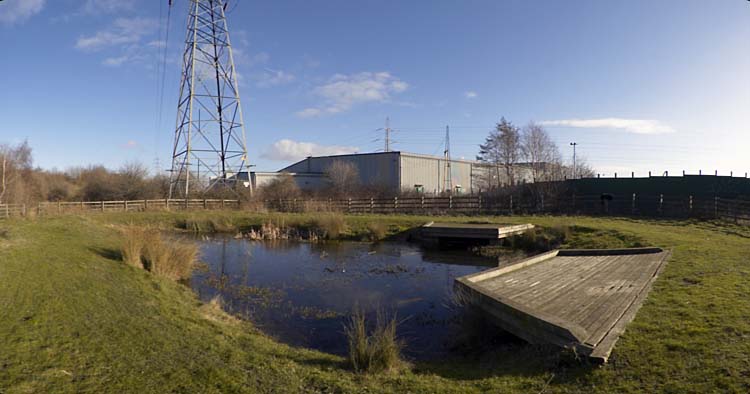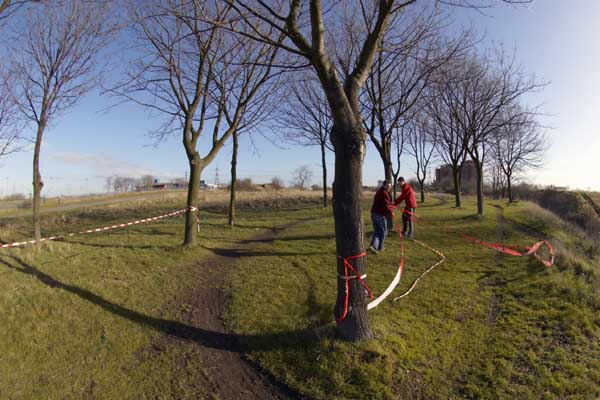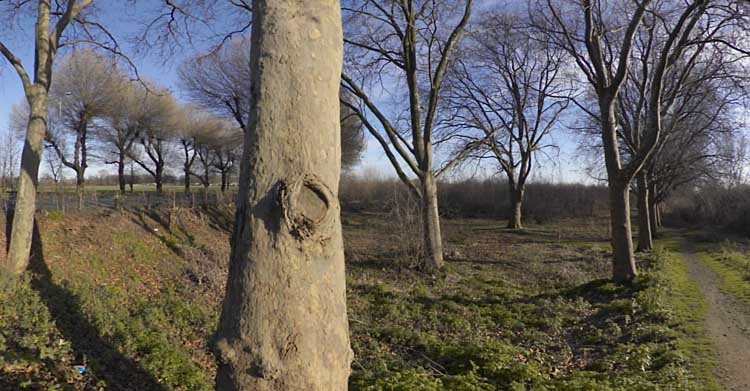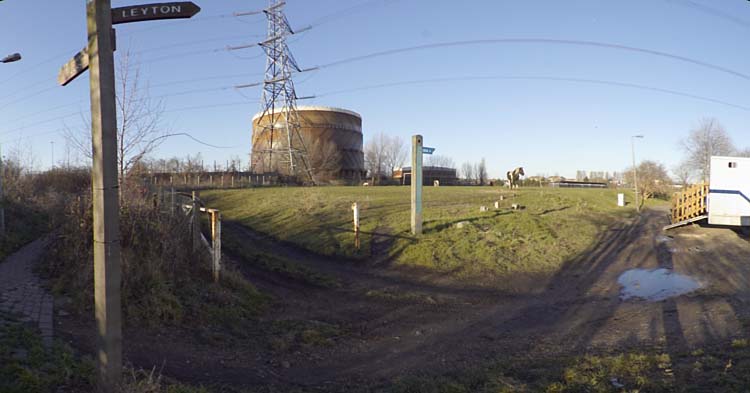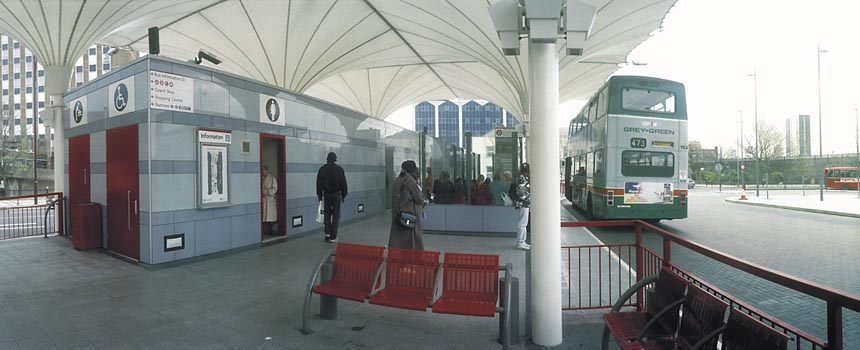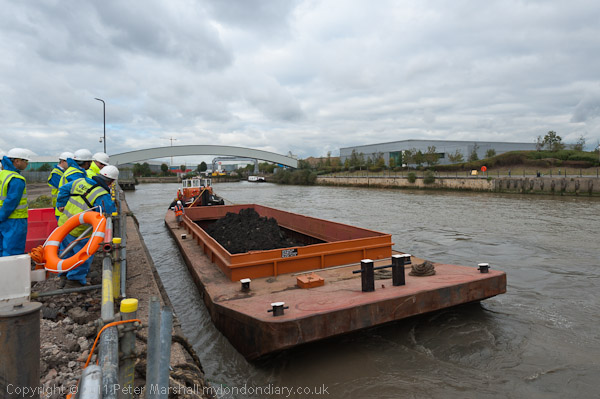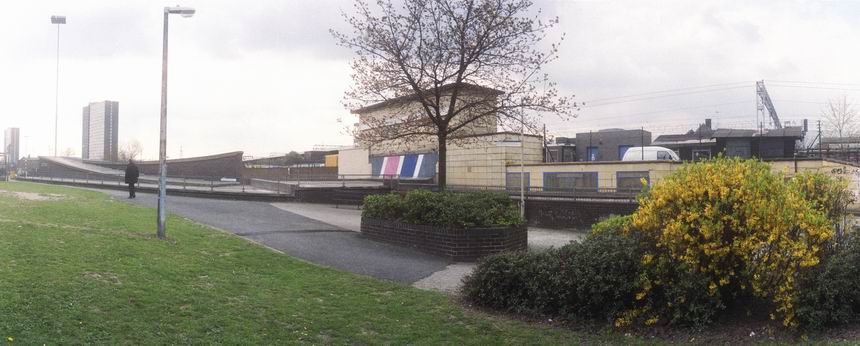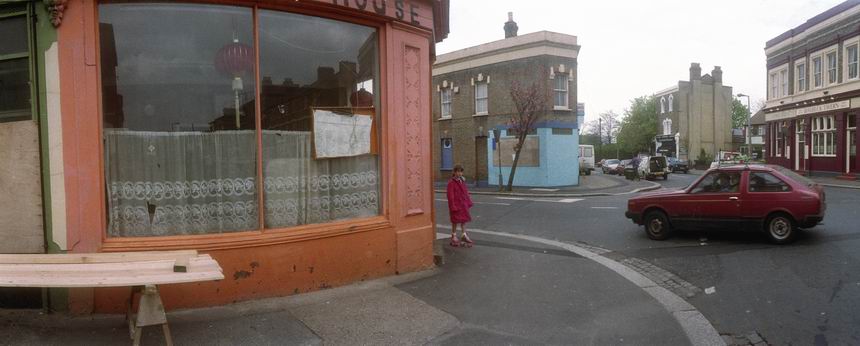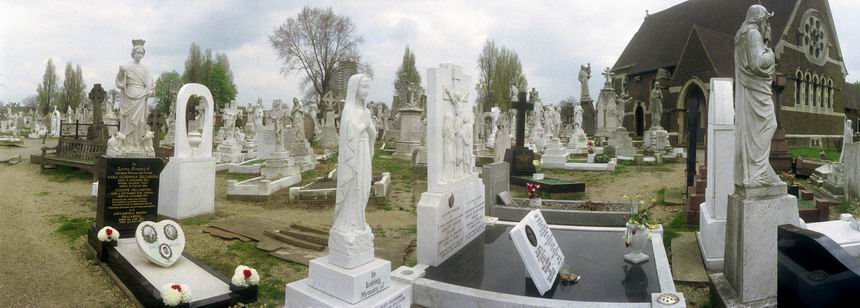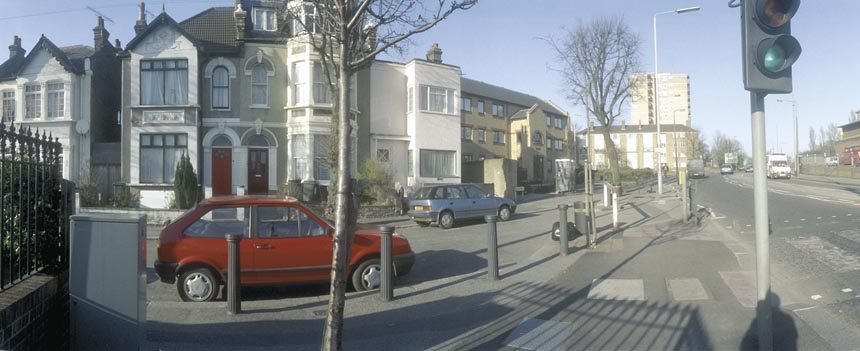Walthamstow Housing Action & Class War at the Ripper Museum: On Saturday 21st November 2015 I spent an hour covering a lunchtime rally and march about the housing problems in the London Borough of Waltham Forest before rushing to Whitechapel where Class War were holding another of their protests outside the sensational tourist attraction celebrating the horrific acts of ‘Jack the Ripper’.
Homes for All against social cleansing
Leyton & Walthamstow
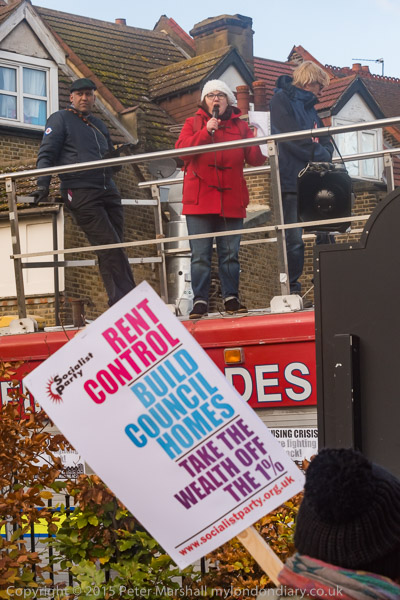
People met in Abbots Park Leyton for a rally organised by Waltham Forest Housing Action before they marched to a longer rally in the centre of Walthamstow. over the severe housing problems faced by those living in the borough of Waltham Forest.
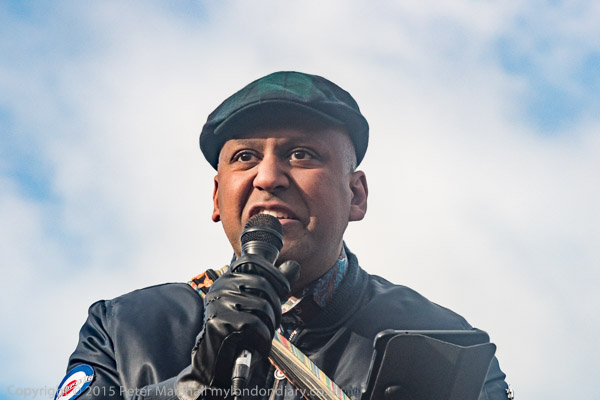
The council has a housing waiting list of over 20,000 families, and although there is considerable home building taking place in the borough only 400 of 12,000 homes planned in Walthamstow in the next 5 years are for low earners.
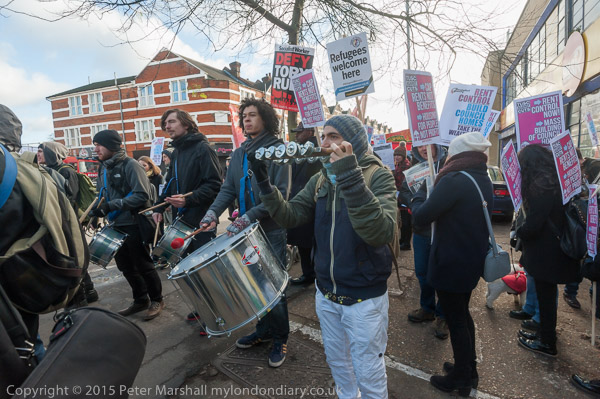
As in most of London’s boroughs, mainly held by Labour councils, the ‘regeneration’ schemes begun under New Labour has led to the loss of social housing, pricing most local people in the many lower paid and middle-income jobs which are essential for the city to run. Regeneration has led to social cleansing with poorer residents being forced out to areas further from the centre.
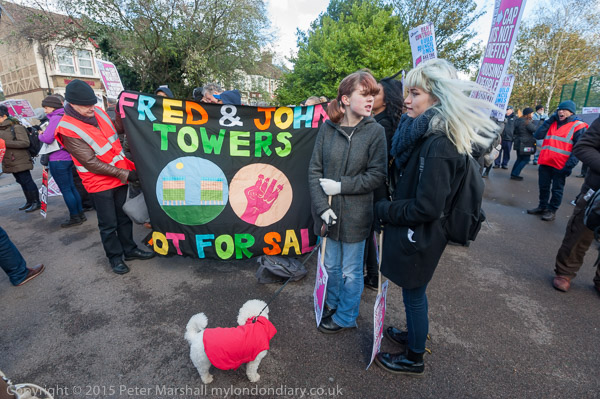
The campaigners called for an end to housing evictions in the area – then taking place at twice the average rate for London, and the capping of private rents which are on average much higher than the maximum set by housing benefit, as well as a huge increase in social housing.
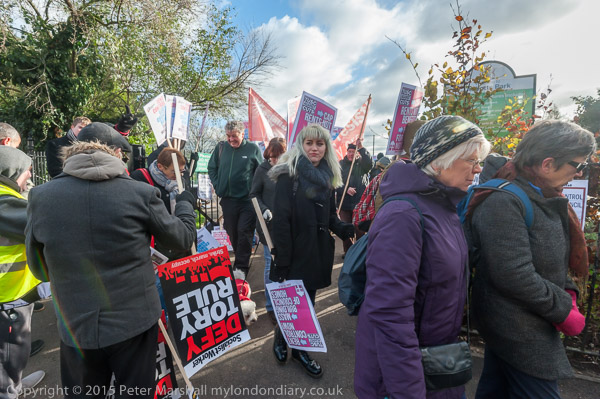
Housing benefit acts as a huge public subsidy for landlords, passing money to them. The public and those who live in rented accommodation would be much better served by money being spent of building social housing which would give a return to local councils from the rents.
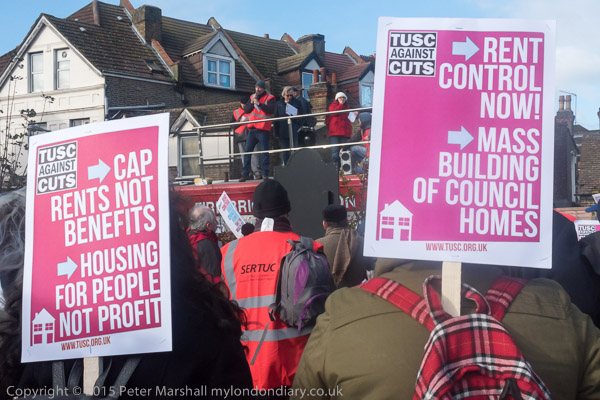
Private rents allow landlords to get housing benefit and the excess rent paid by the tenants to pay off the loans they take out so they can buy property and get the benefit of increasing their capital – at our and the tenant’s expense.
Rising rents have increasingly made it impossible for many key workers – teachers, firefighters and others – to afford to live in the boroughs they serve.
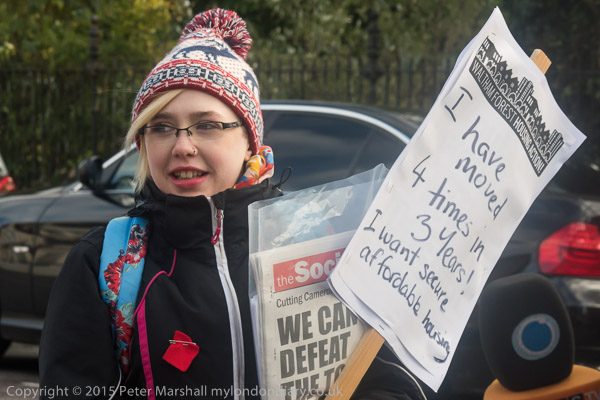
Although Press TV covered the event there was (as usual) no interest shown by mainstream UK media
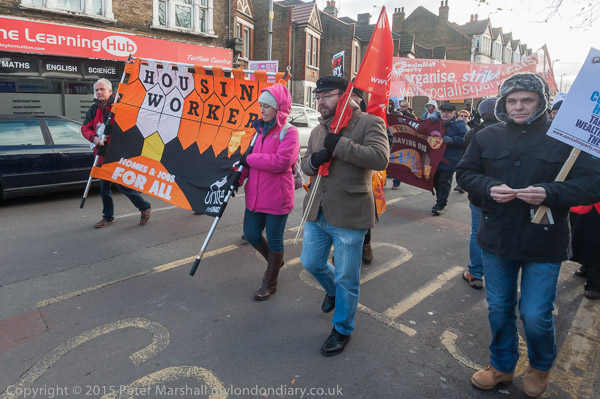
Among the trade unions supporting the march were the National Union of Teachers and the Fire Brigades Union – who provided their fire engine as a platform for speakers and to lead the march.
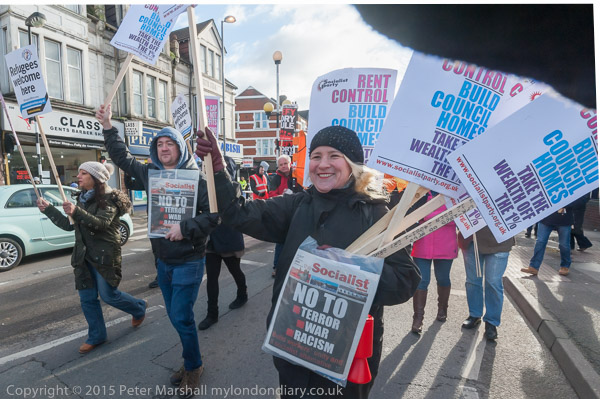
Local politicians also came for the event along with Green Party Deputy Leader Dr Shahrar Ali. Among local groups with banners were residents of Residents of Fred Wigg and John Walsh towers on the edge of Wanstead Flats in Leytonstone., where the 234 social housing units are to be replaced by only 160 and new private flats were to be sold to raise £30 million.
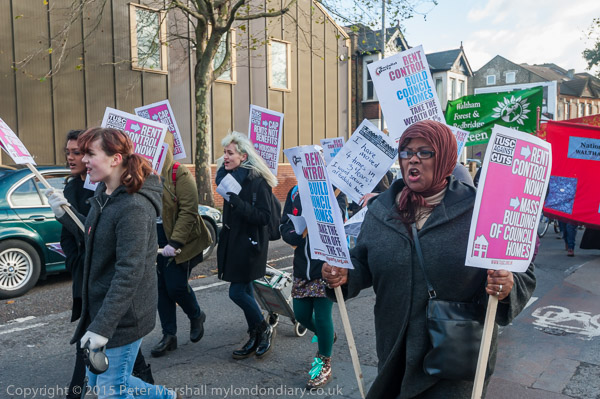
I left as the march was on its way to Walthamstow to go to Whitechapel.
More on My London Diary at Homes for All against social cleansing.
Class War at the Ripper ‘Museum’
Cable St, Whitechapel
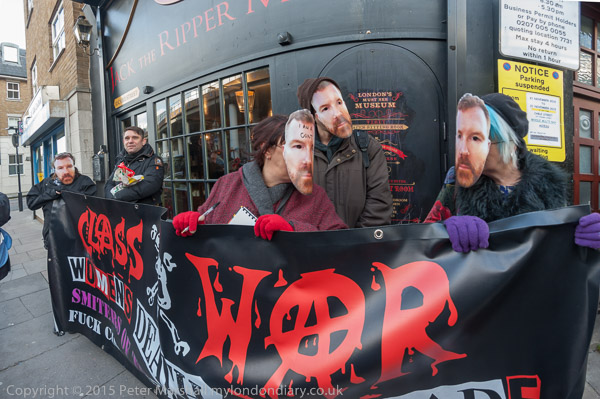
I met Class War as they arrived outside the Jack the Ripper tourist attraction in Cable St with their ‘Womens Death Brigade‘ banner for another in their series of protests against the ‘museum’ which celebrates the brutal and macabre killings of working class women in Whitechapel in 1888.
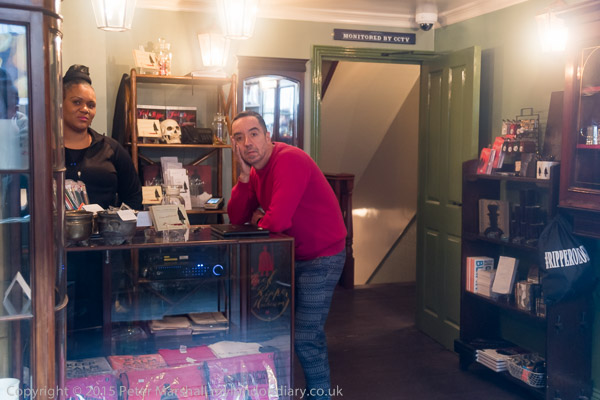
The murderer was an insane serial killer who ripped open the bodies of his victims, removing the uterus and heart and a whole industry has arisen over trying to establish his identity, spurred on by the particularly gory details of his crimes.
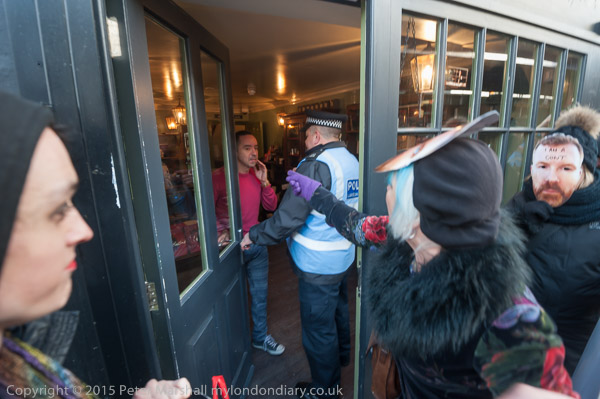
Although the police at the time were unable to solve the case, they appear to have given up after Montague Druitt drowned himself in the Thames shortly after the final one of these murders. But those aiming to profit from the whole series of articles, books and films have done their best to build up doubt and uncertainty, putting forward others, often very unlikely such as painter Walter Sickert, as the criminal.
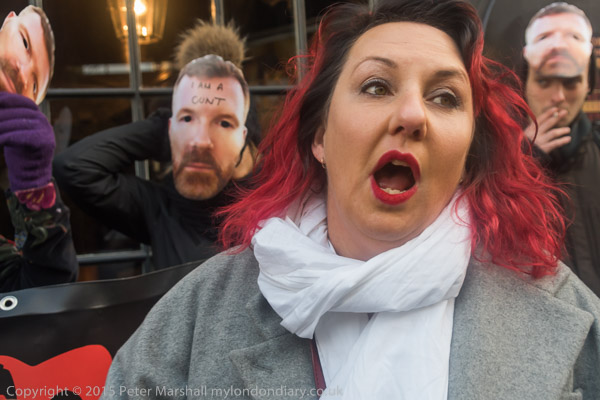
The protest was noisy but peaceful with many of those taking part wearing masks of the shop’s owner – who had lied about the site becoming a museum to celebrate women’s history to gain support and planning permission.
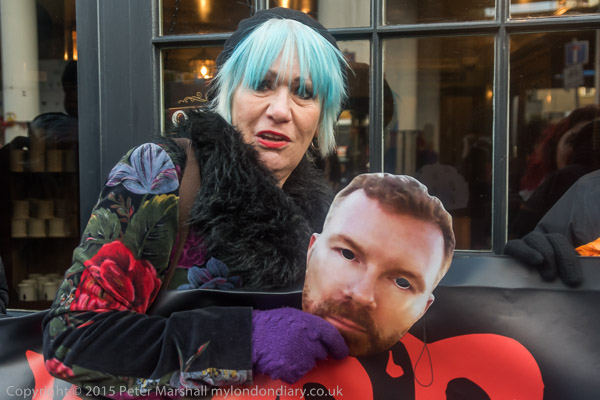
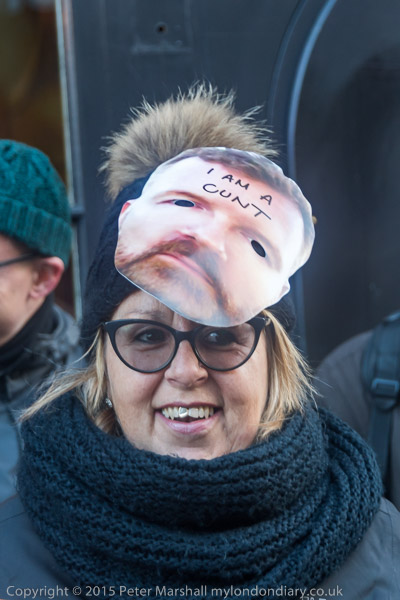
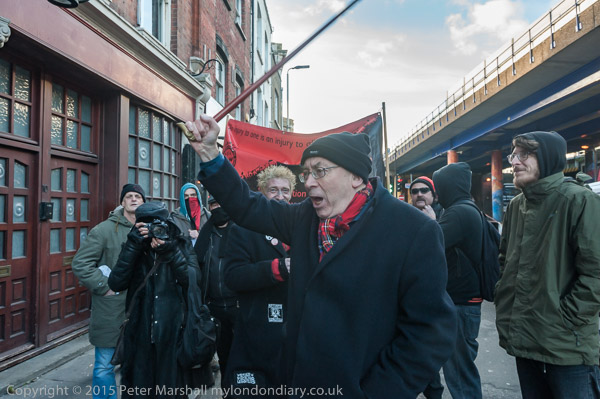
It was enlivened by the arrival of activist singer/guitarist Cosmo who performed three appropriate songs which raised everyone’s spirits, and even the police obviously enjoyed the protest.
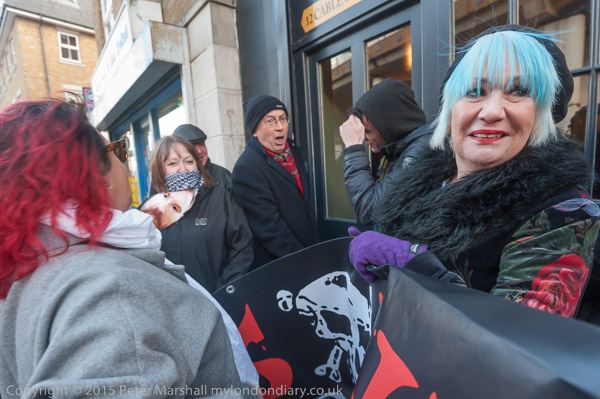
Shop owner Mark Palmer-Edgecumbe had left a shop worker and his partner Julian Pino inside the ‘museum’ to face the protesters and their was one spot of farce when a police officer went inside to tell him to stop continually phoning ‘999’ as the police were already there.
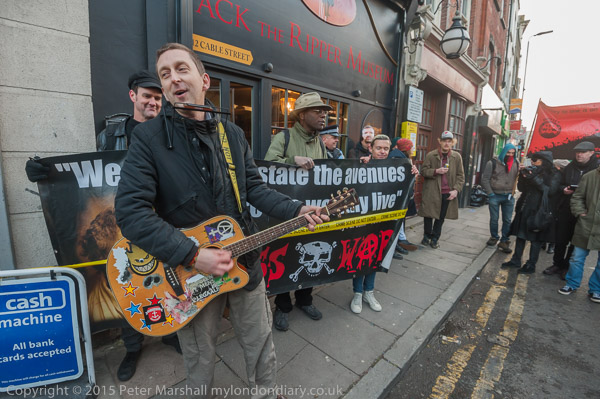
A man claiming to be a local resident and seemed to be a friend of the ‘museum’ came to complain to Class War against them protesting against a business that was bringing investment to an area that was so obviously in need of it. He was told that this kind of investmentglorified violence against women and was clearly detrimental to the area and offensive to many – including the living descendants of the victims.
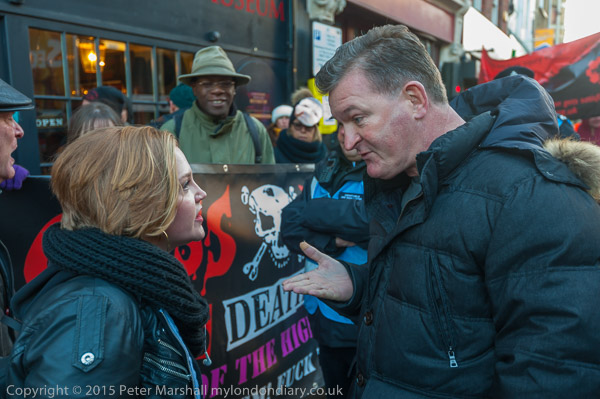
It was hard to avoid the conclusion that his intervention had been prompted and possibly funded by the owner of this tacky tourist attraction, which noticeably attracted no customers while the protest was taking place.
More on My London Diary at Class War at the Ripper ‘Museum’.
Flickr – Facebook – My London Diary – Hull Photos – Lea Valley – Paris
London’s Industrial Heritage – London Photos
All photographs on this page are copyright © Peter Marshall.
Contact me to buy prints or licence to reproduce.










